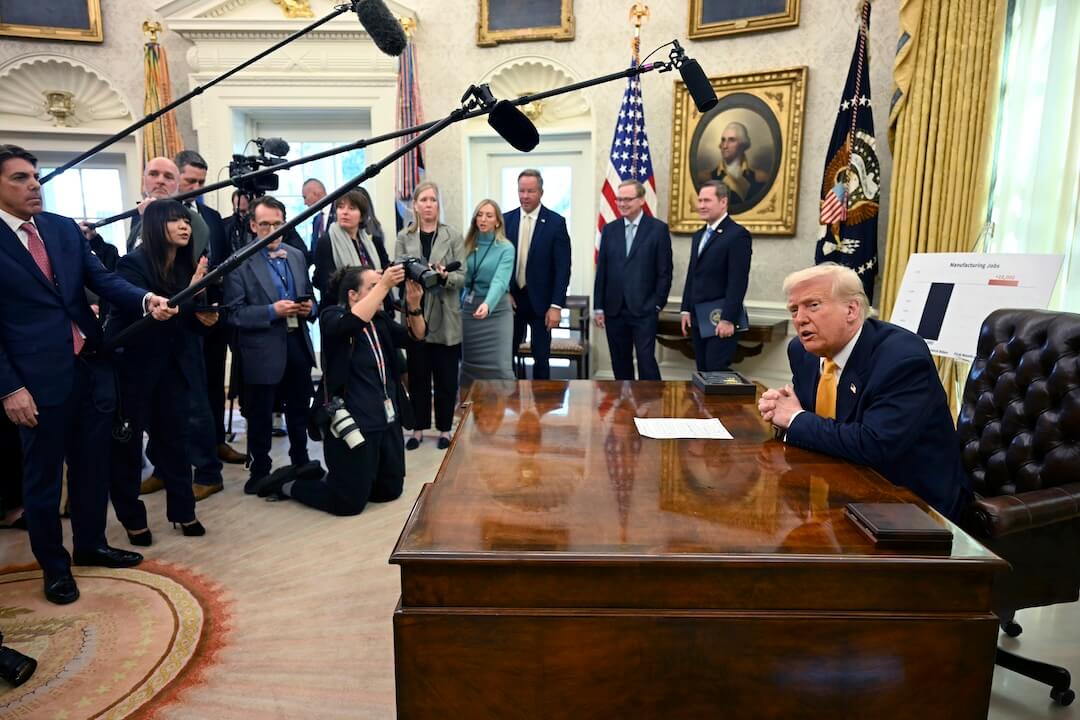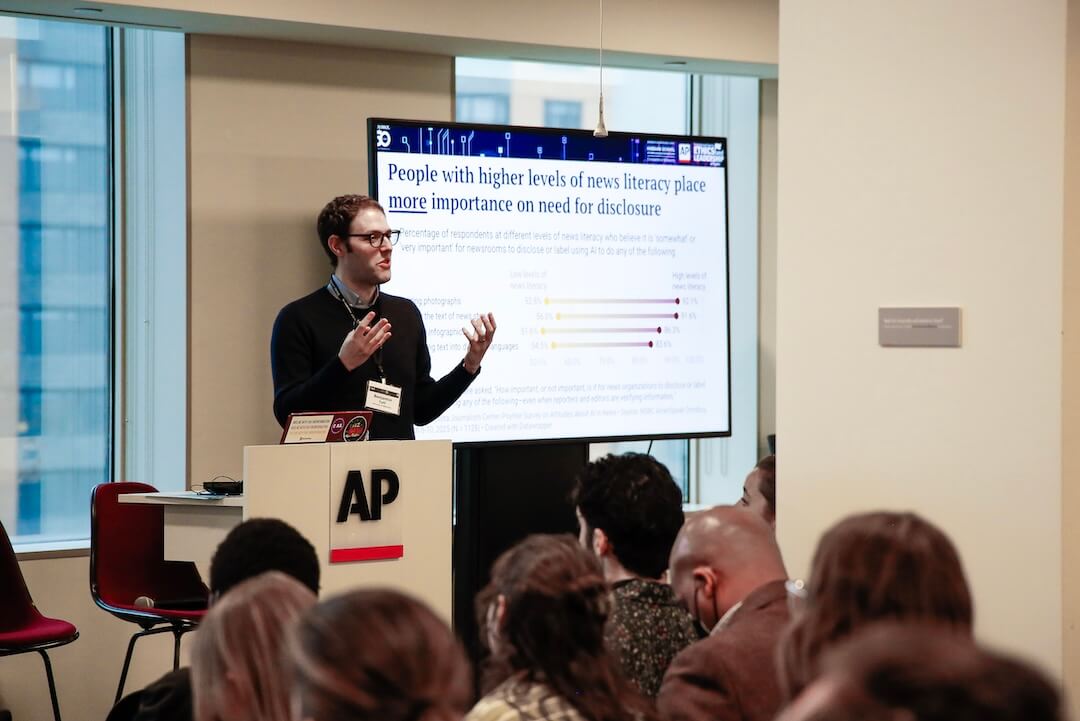Journalists have been filing copy nonstop for years now. Done with that story? Go tweet it. Then return that email. Then text a source back. Then post an article on Facebook and answer reader comments — and do that before before transcribing an interview for tomorrow’s story.
But how much writing is that, really?
Monica Guzman, a Seattle Times columnist, wanted to “get a tactile feel” for how many words she was churning out every day, so in late June she decided to ditch her keyboard, pick up a pen and go analog.

Monica Guzman took a photo of every handwritten message she sent. Here’s a picture of her camera roll, with photos of the many notes.
She hand wrote everything. Tweets. Texts. Emails. Everything was scrawled on a piece of paper and photographed on her cellphone. Guzman wrote about 130 handwritten notes over two days, a feat that cramped her hands and reminded her of the convenience of typing.
In her column (which was, of course, also handwritten), she describes exactly why and how she undertook the project, which was inspired by an Atlantic article whose author experimented with sending all her messages in calligraphy.
“I didn’t do it because I like handwriting, though I do. I did it to hack my brain. To make it slow down and notice the flurry of digital mutterings it writes and sends so easily, they barely register as mutterings at all.”
Little aches and pains crept in. Her hands were sore at the end of every day, and her neck started hurting, too.
Another facet of the project involved reader engagement. Guzman invited her audience to reflect on their own writing habits in a survey. Three-quarters of the 71 respondents said they were writing more than ever, with 27 percent estimating their average writing load tripled since 2004. Although the majority said they were more prolific than ever, many expressed frustration with the shallowness of their prose.
“We are writing so much more than we ever have, but we are so unsatisfied with our writing,” Guzman told Poynter.
She also realized quickly that handwriting was not the best medium for journalists on deadline.
“It was kind of a square peg in a round hole, because I had emails to answer,” she said. “I had tweets to tweet.”
Another takeaway from the project: people who yearn for more meaningful writing can’t just shoehorn it into their daily activities, Guzman writes in her column. Instead, they have to carve out time in their day.
“To nostalgists who’d love a return of the written word, trust me. We don’t have time to write what we want.
We have to make it.”
Note: Guzman is a member of Poynter’s national advisory board.







Comments